There’s a lot that goes into a solid Pinterest strategy including crucial tips on Pinterest optimization. From creating compelling Pins, to the Pinterest descriptions you use, to how often you’re Pinning directly to from your own site. But, one thing we don’t see a lot of info about is Pinterest board optimization.
Pinterest boards are where your individual Pins are living–grouped together with other like content. In a recent interview on Buffer, Pinterest’s Product Manager, Leon Lin dove into the importance of boards and how you can make sure your setting yourself up for success on Pinterest. These Pinterest board optimization tips will help you get your content seen by more people on Pinterest and have that content lead to increased traffic to your website or blog.

7 Main Ways to Optimize Your Pinterest Boards
Here are the seven major factors that Pinterest is taking into consideration when deciding who to show your content to, and how often they’ll show it:
- The content of each Pin on a specific Pinterest board and how they relate to one another
- The type of Pin formats you’re saving to each board
- Your board’s title
- Your board’s description
- How often you’re Pinning to your board
- If your board is further categorized into sections
- If your board is a group board
Let’s dive in a bit to each of these areas.
Tips for Pinterest Board Optimization

- The content of each Pin on a specific board is currently the single most important factor in terms of Pinterest’s new feature that serves up a user related Pins after they’ve clicked on a Pin for a “close up.” These are the Pins you’ll see below the Pin you clicked on and will say “More like this.” Pinterest is looking for a signal from people who have Pinned two things on the same board and looking to see that they are indeed, similar content. So, if someone has saved Pin A to a board with Pin B, that let’s Pinterest know these two Pins are similar so if a person likes one, they might like the other. In short this really just means the Pins you have living on the same board really need to be sharing that common theme of your board.For example, if you have a board with outdoor living furniture, don’t Pin a chicken BBQ recipe to that board. Sure, it might sound like a good idea because you could make that recipe while enjoying your outdoor furniture but it’s not really closely related. That BBQ recipe would be better suited on a Pinterest board about chicken recipes or BBQ recipes.
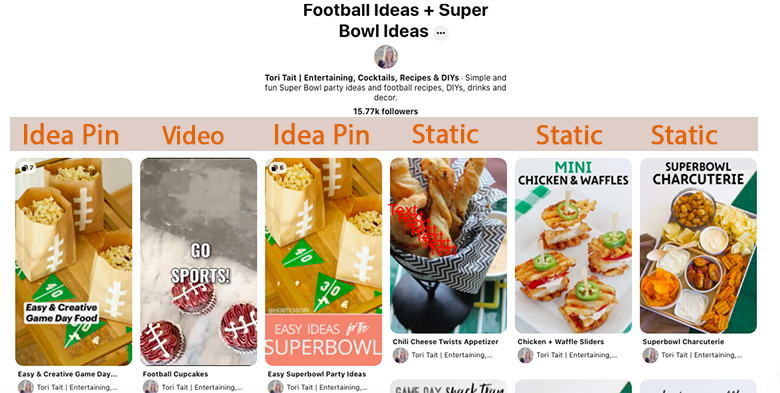
2. The type of Pin formats you’re saving to each board factor into how many people will have visibility to your content on that particular board. Pinterest suggests creating a variety of Pin formats including Static, Video, and Idea Pins. Currently, Pinterest is favoring Idea Pins so the algorithm is favoring that format. This means, that your Idea Pins are more likely to appear is users’ home and search feeds (bringing more visibility to your board as well). Make sure each of your Pinterest boards include Idea Pins (as well as video Pins and static Pins).
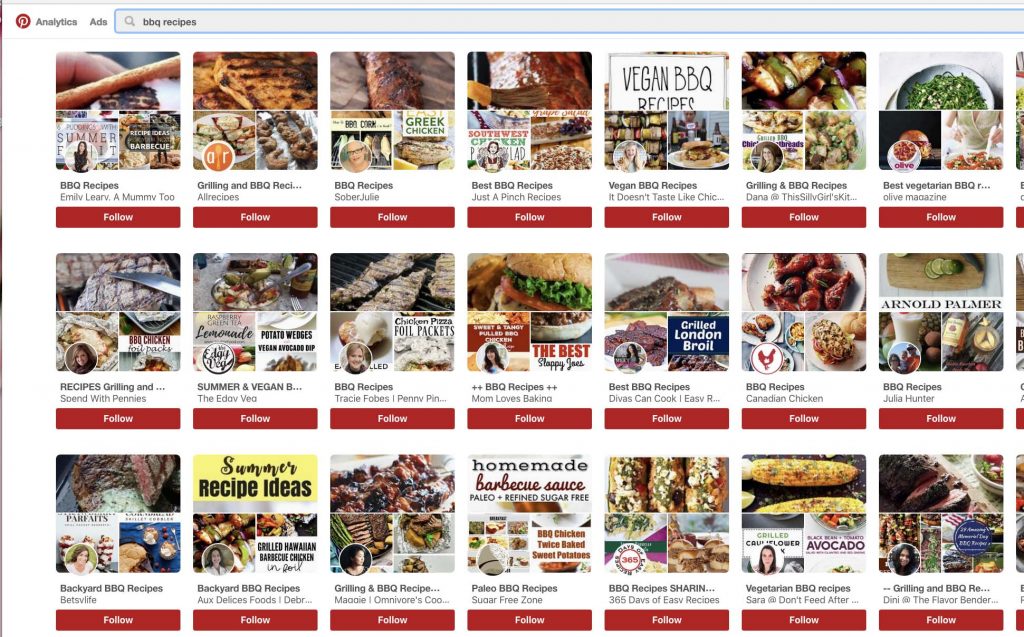
3. You board’s title is going also be a factor in helping Pinterest determine what your board is primarily about. You’ll want to be sure to select just a couple words and to use clear, direct language. This is not the place you want to keyword stuff (that will just make you sound like a robot anyway). Instead, create board titles that would allow a Pinner to easily understand exactly what your board is about. Take a look at what happens when I search for “BBQ recipes” on Pinterest boards. The boards that surface in my search result are mostly all titled, simply “BBQ recipes.” If your board has a bunch of keywords or a cutesy name that isn’t search friendly, Pinterest won’t surface it in the return and people will have a hard time ever discovering it. Always think about how a Pinner would be searching and what words they would use.

4. Your board’s description is certainly an important part in letting Pinterest know just what your board is all about. It’s going to look for that title term to also appear in the description so be sure to include it here as well. The key to a great board description is to write a couple lines that explain what the board is about in a very conversational way while incorporating your target keyword phrase. Again, resist the urge to keyword stuff here or to add cute terms or industry jargon. Think about what someone would be searching for and how someone might describe your Pinterest board in conversation. A clear, conversational description that includes your board’s title is the goal here.
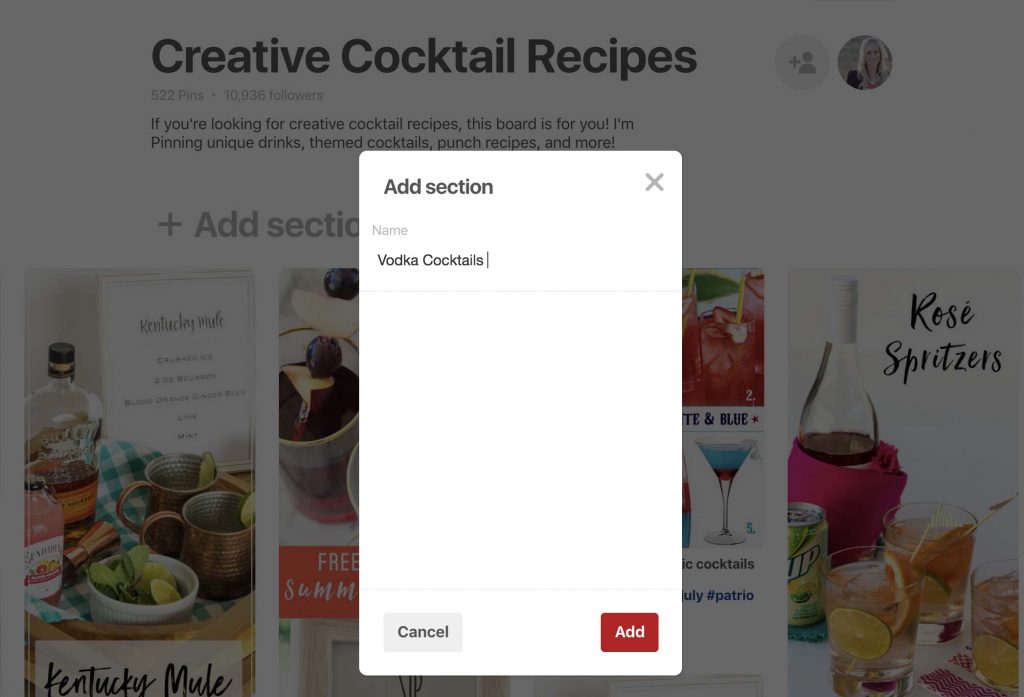
5. Pin to your boards frequently which signals to Pinterest that your adding fresh content to the board and this is going to make it more likely that Pinterest will in turn show your board and content to more users. In the post “3 Things You’re Doing Wrong on Pinterest,” I shared that most people are actually not Pinning their own content enough. It is critical that you’re Pinning your own content directly from your URL to your Pinterest boards frequently. Be sure to Pin content to all of your boards to keep them fresh and optimized. If you have old boards you know you’ll never Pin to anymore, you can archive those (which means you can bring them back live, later if desired). It’s better to have fewer Pinterest boards that you are actively Pinning too, than a lot of boards that are dormant.
6. Categorize your Pinterest boards into sections, but with caution. In some cases using sections will make sense for you. f you have a Pinterest board that is really big and a user has to scroll, and scroll, to see all of the content. To help them find relevant Pins faster, add “sections” within your board. This helps users who might be exploring your board get to the content that mosts interest them faster. If you have a really big board, go ahead and try adding specific sections within. Keep in mind though, all the content on the board should still relate. In my example above, I can take my massive “Creative Cocktail Recipes” board and further section it to include types of cocktails by ingredients.
However, if your sections are large and unique enough of a subtopic of your main board, this should be broken out to be it’s own Pinterest board. Pinterest algorithm doesn’t index sections so if you think Pinners are searching for the topic of your section, it would be more beneficial for you to break that section out to be its own board.
7. If your board is a group board Pinterest just gave us a great reminder that the purpose of their group board feature is to allow you to collaborate with other Pinners on a project. For example, planning a family reunion, or sharing ideas with your interior decorator. However, bloggers and small business owners create a “pod” of people who share each other’s content on a group board. That’s not what they are designed for. Pinterest now de-prioritizes content on group boards. If you’ve been putting a lot of energy into Pinning your content to group boards, you can let that go. Instead, focus your energy on Pinning your unique content, to your well optimized Pinterest boards. This is going to be a better use of your time and help you achieve more meaningful results.
Don’t be overwhelmed by these Pinterest board optimization tips.
At the end of the day, it’s really about Pinning relevant content to relevant boards, constantly and strategically. Once you go through this process a couple of times it will become second nature. Now you have all the resources for how to optimize Pinterest like a pro!
Frequently Asked Questions About Pinterest Boards
If you have a Pinterest board that is no longer relevant to the content topics you share, you can delete it. If you aren’t sure if you’ll want to use it in the future, simpy archive it. This action can be undone later and you won’t lose your Pins or board data.
The Pins that YOU saved to your board will also be deleted. Pins other Pinners “saved” or “re-pinned” from that board will NOT be deleted from their accounts.
They key is to have relevant boards to the type of content you’re posting. There’s no magic number of boards to have by at least 8 boards helps you have a robust Pinterest profile. Needing more than 20 would be a unique situation. Don’t create boards just for the sake of it. Instead, keep them well focused and optimized.
GRAB MY FREEBIE: 3 Pro Tips for Creating Compelling Pinterest Images
SIGN UP: Simple, free marketing tips delivered straight to your inbox.
If you like actionable strategies that will help you increase success from Pinterest, check out my course: Insider Pinterest Masterclass.
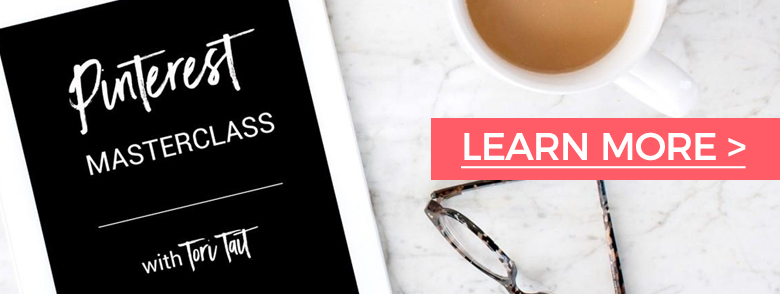
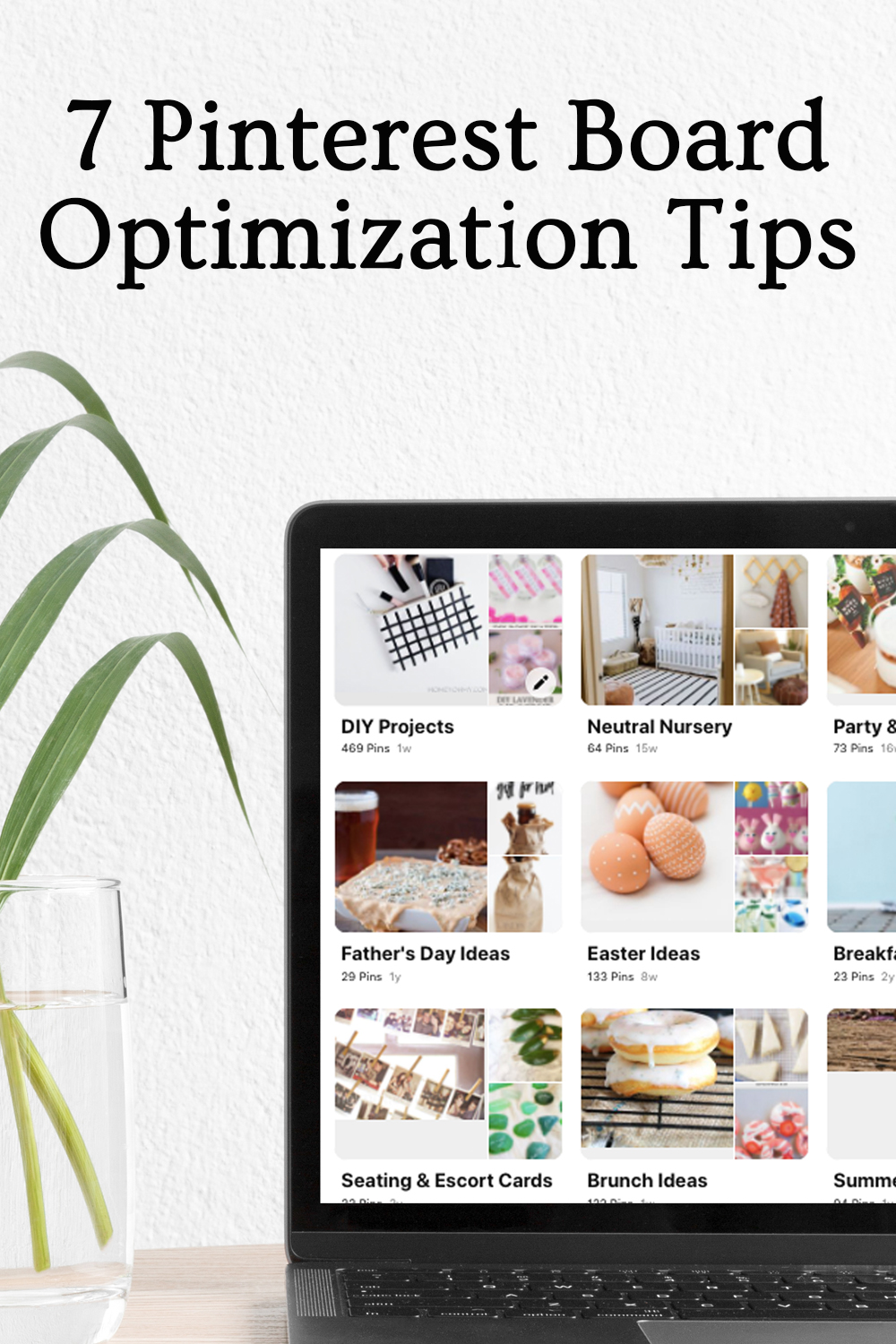

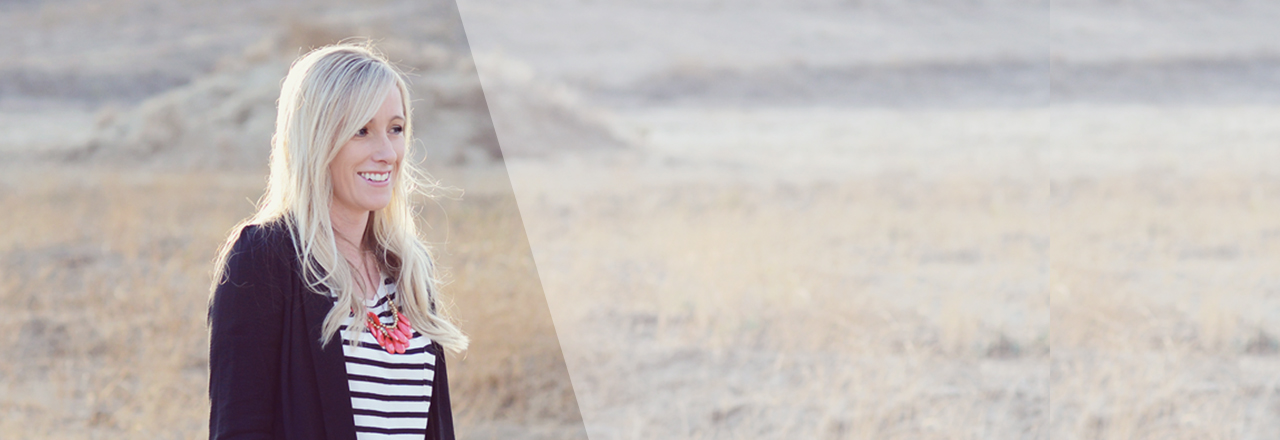
Awesome tips!!!! Thanks Tori!
You bet, Tonya!
Can I just say what a relief to find someone who actually knows what theyre talking about on the internet. You definitely know how to bring an issue to light and make it important. More people need to read this and understand this side of the story. I cant believe youre not more popular because you definitely have the gift.
Thanks for the comment Caro. Glad you found this useful! I think we actually met at the Pinterest event in SF last Spring. Nice to see you pop by!
Amazing tips!! Thank you for this post! I’ve been trying to optimize my boards recently and this post really helped me! 😊
There are many routes you can take to protect your work from being used without your permission. You can use watermarks on your images as a deterrent for example. You can/should reach out to websites and blogs and ask them to remove your content if it’s being used without your persmission. Pinterest also has a way you can “report a pin” and they have accessible customer service you can reach out to for help.
This is exactly what I was looking for!
Great to hear, Jerome!
Great post! So happy I found this, thank you.
You’re welcome!